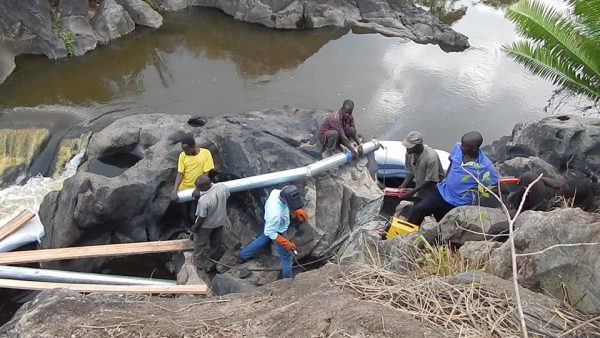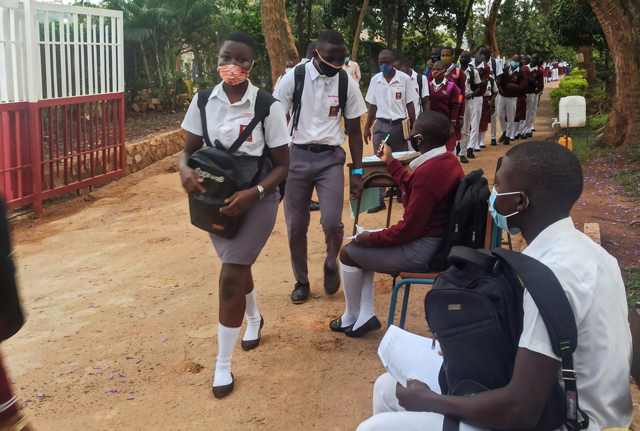The Uganda Tourism Board is moving in to conserve one of the oldest living plants in the world and potentially market it as one of the country’s new tourism products. The Cycad plant has been in existence for over 300 million years outliving the era of the dinosaurs.

Cycads are seed plants with a long fossil history that were formerly more abundant and more diverse than they are today. They typically have a stout and woody trunk with a crown of large, hard and stiff, evergreen leaves which are said to have been a delicacy to the dinosaurs. The individual plants are either all male or all female and vary in size from having trunks only a few centimeters to several meters tall. They typically grow very slowly and live very long, with some specimens known to be as much as 1,000 years old. Because of their superficial resemblance, they are sometimes mistaken for palms or ferns, but they are not closely related to either group.
Uganda is said to be the only country in the world with the type of cycads known as Encephalartos Whitelokii growing in the wilderness. This cycad specie is said to be the most spectacular and grows along river Mpanga in Kitagwenda district, having lived more than 320 millions of years. This makes it one of the oldest living wonders that still exist in the Universe.
Knowing how its signifance could contribute to Uganda’s tourism, UTB is looking forward to marketing the Cycad plant. A team of conservationists and curious tourism officials set out for a fact finding discovery along Mpanga river banks in Kitagwenda district to find out more about the magical plant that has defied the odds and out lived time.
Most people on the team mistook the plants to be palms at first glance due to their seemingly same structure, appearance and resemblance. However, to their shock, they were later told that the two plants (cycads and palms) were not related in any way.
“The importance of the cycad is its history of having outlived the era of the dinosaurs, a plant which has lived generation after generation. Many people across the world want to associate with this history,” said Mwebingwa, a cycad conservationist who led the group to the site.
The UTB Chief Executive Officer, Lilly Ajarova heaped praise to Mwebingwa who on recurring occasions pushed for the country’s attention on the uniqueness and significance of cycads as a new tourism product and also expressed pleasure about the development.
“I picked interest and that’s why am here with my team to find out about this unique cycad plant and see the potential of developing it as a new tourism product. There is a story and we want to learn how to tell the story about the cycad. We couldn’t start telling the story without us experiencing it first,” Ajarova commented.

However, the plant that can only be found in the newly created local district of Kitagwenda has been under threat by the locals who have been cutting it down with less consideration of its immense significance. Some residents confessed to cutting down and burning cycad plants as a measure of keeping away baboons that occasionally attack their habitats in search for cycad plant leaves as food.
About Guide2Uganda
Guide2Uganda (www.guide2uganda.ug) is the most comprehensive source of information about Uganda that exists on the web, with more content on Uganda and surrounding towns, attractions, museums and galleries than any other online guide that currently exists for Uganda as well as being a dynamic news and comprehensive events driven site with content being added daily.
According to WeFollow & Peer Index (whom both measure online influence) we are among the most influential online media organizations in Uganda. We were also awarded for ‘’Best Destination Website in Uganda’’ by Jumia Travel Uganda in the 2017-2018 Africa Travel Awards. If you are planning a visit to Uganda you can always reach us on; info@guide2uganda.ug




